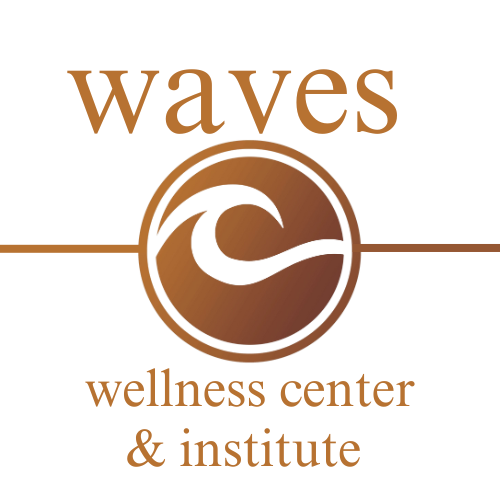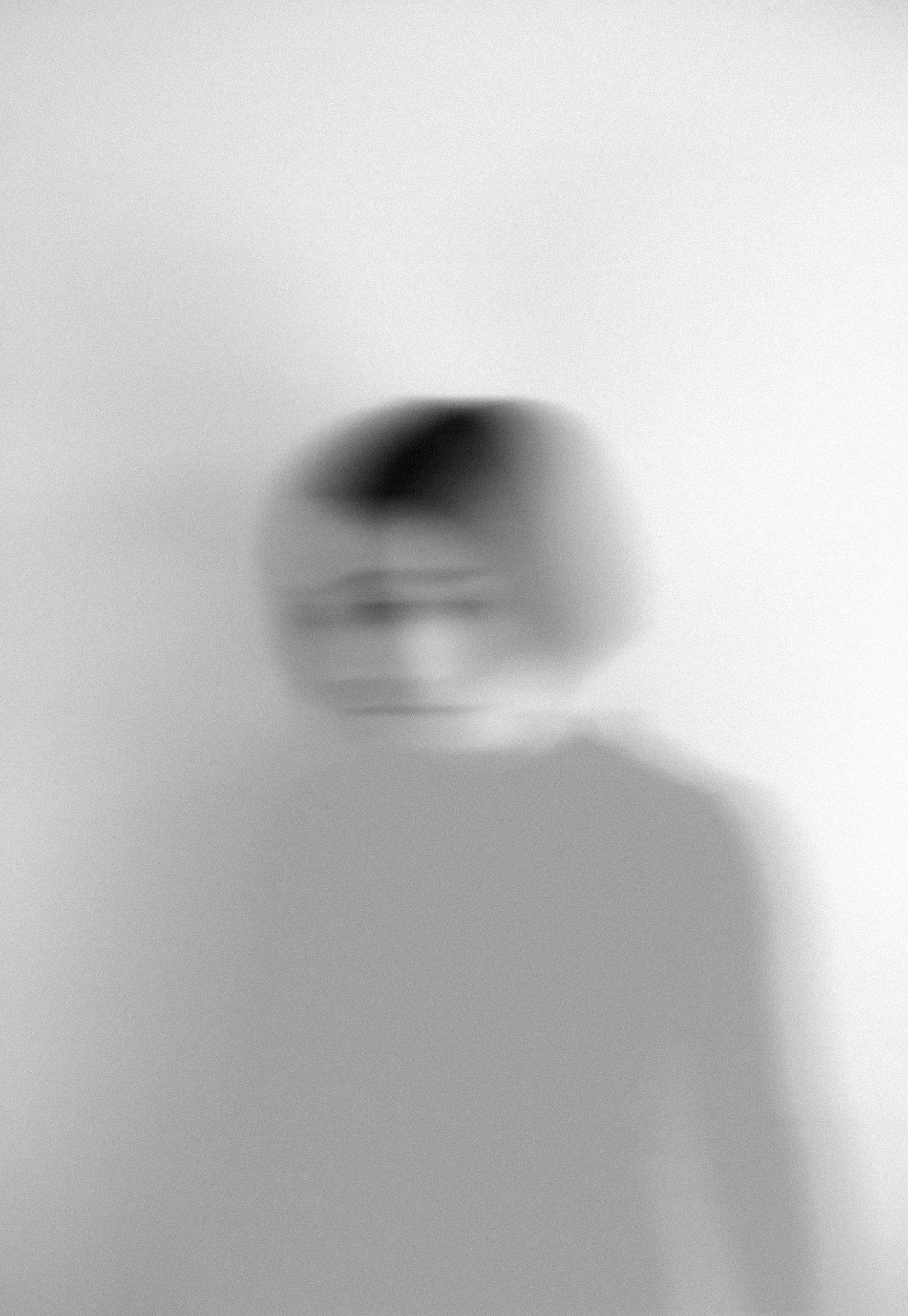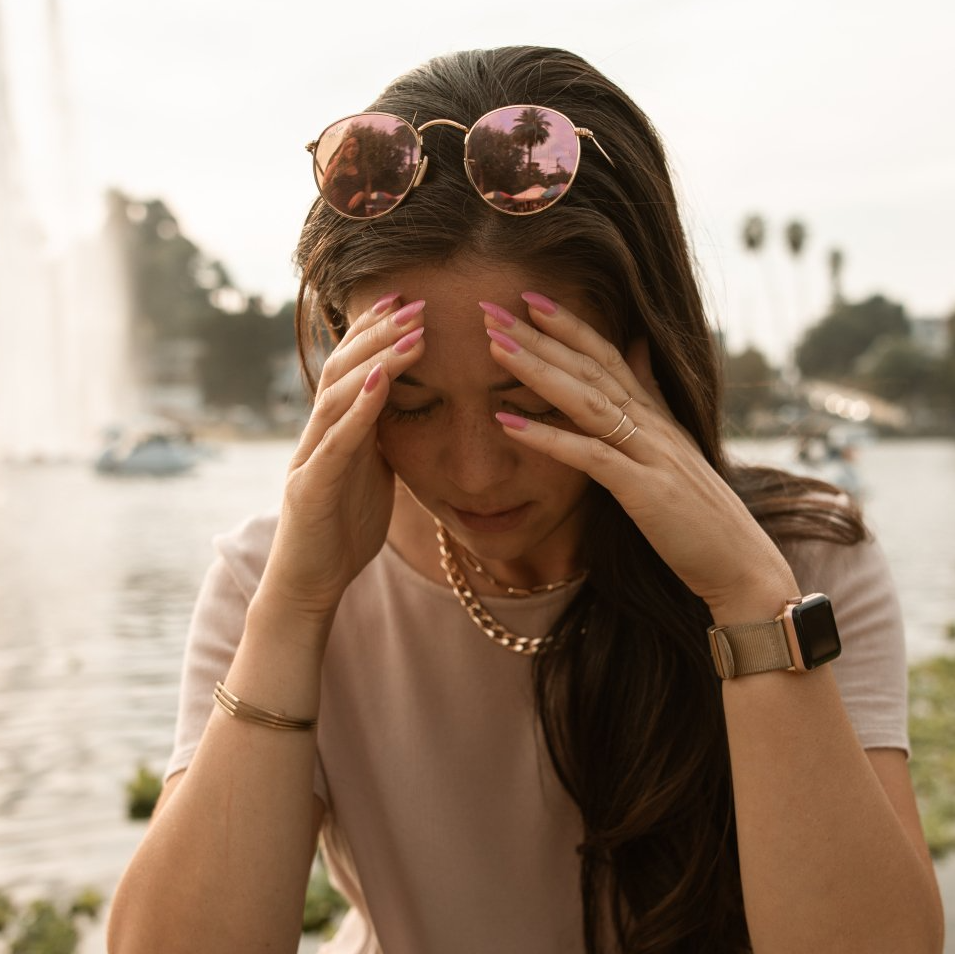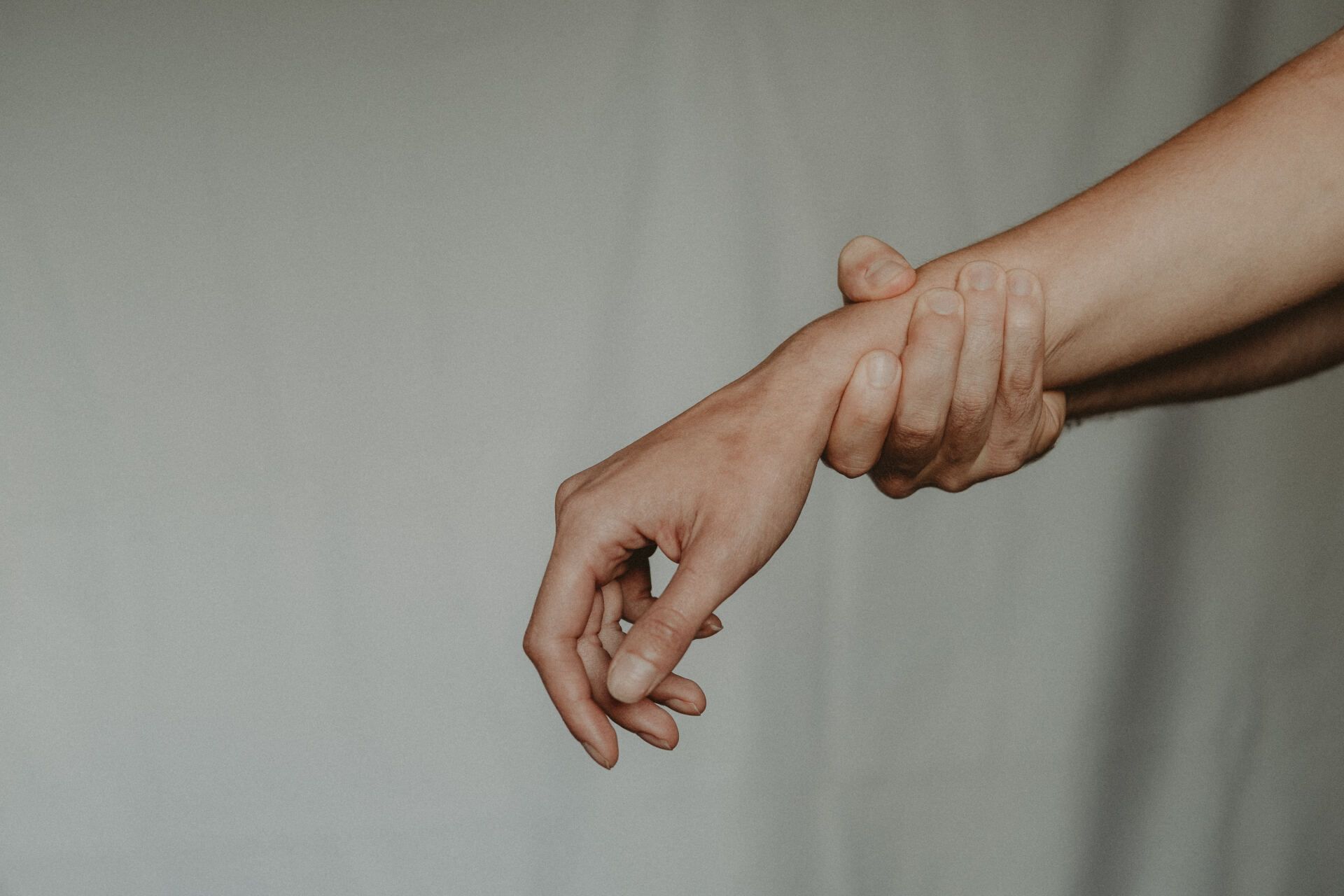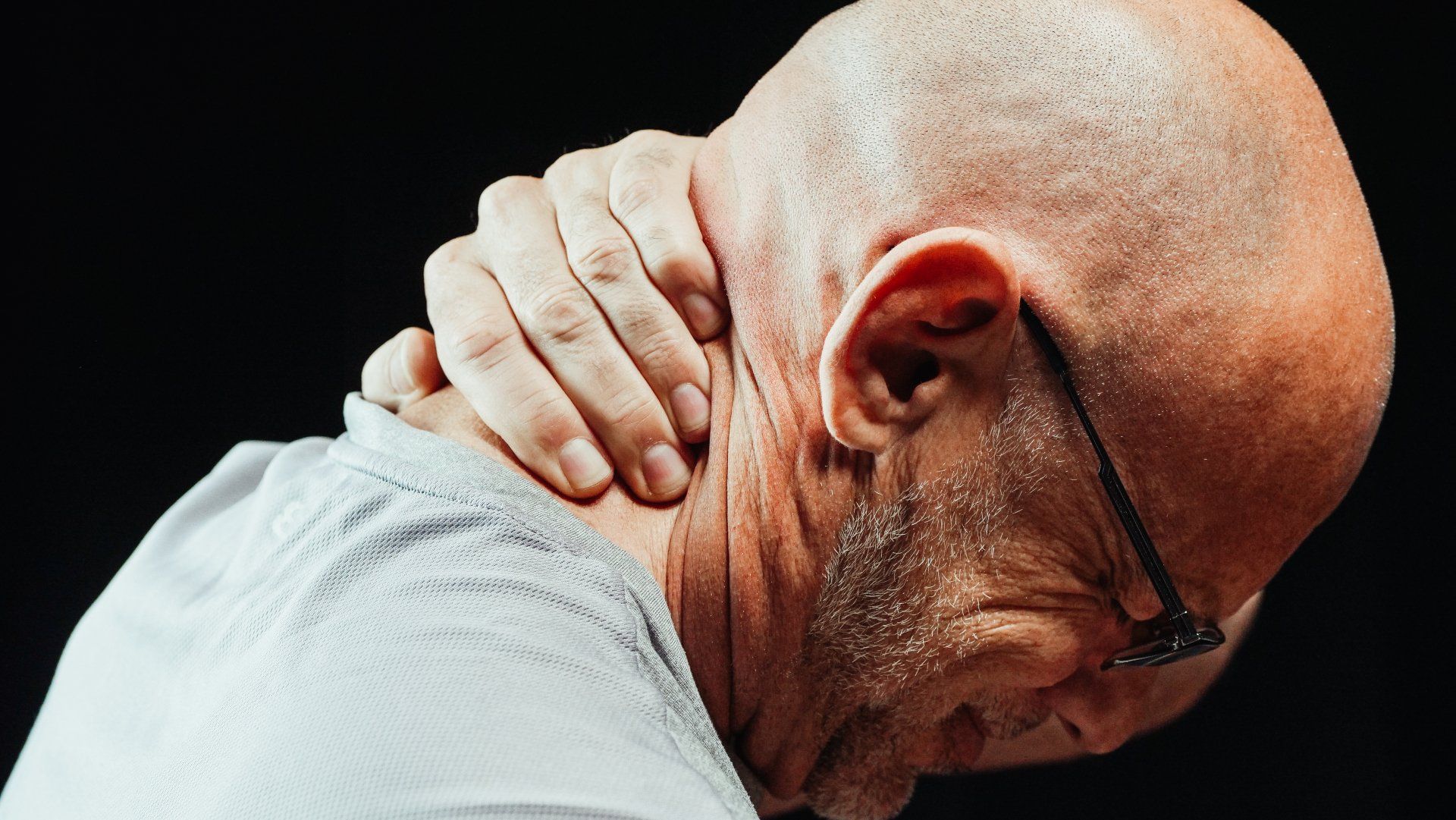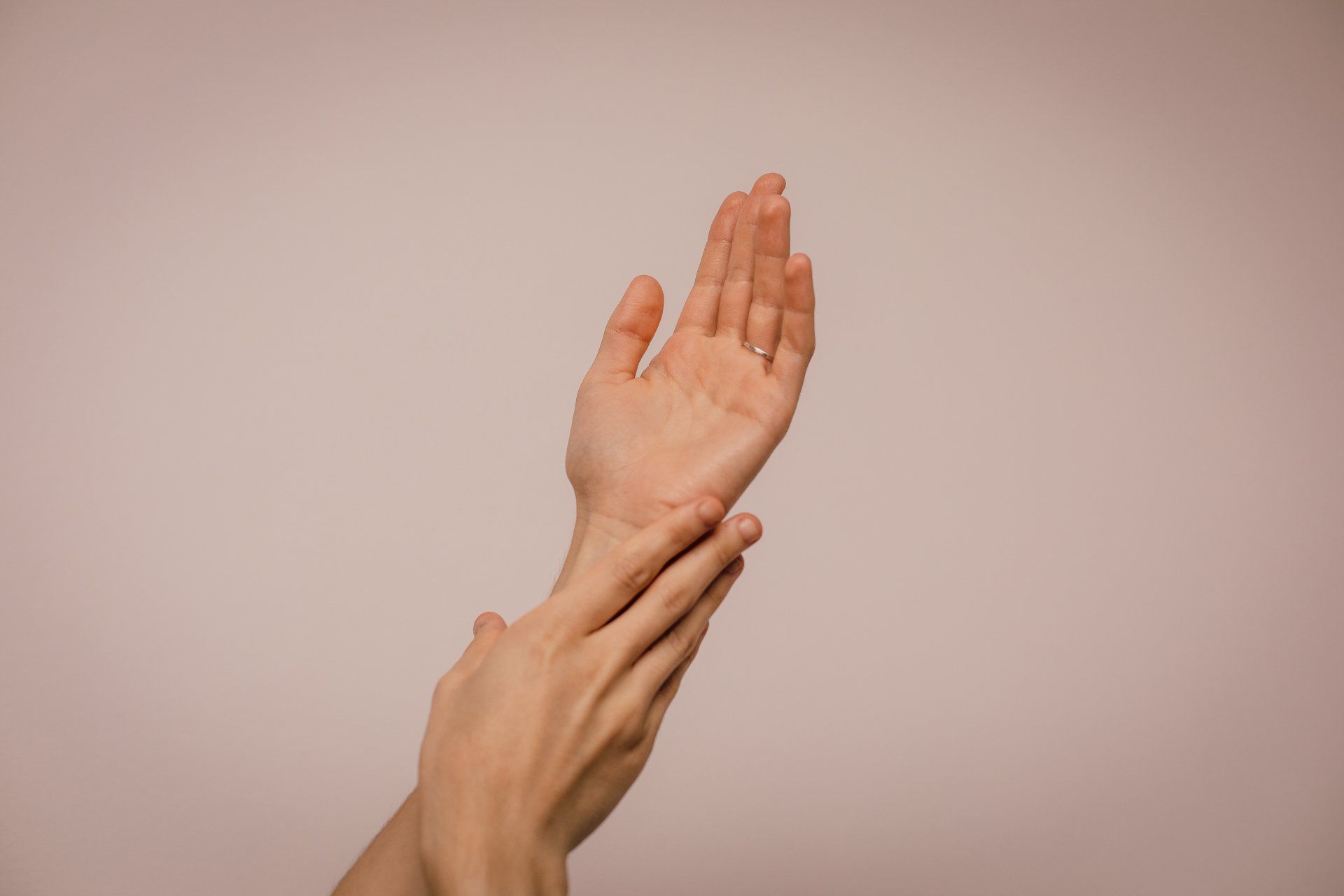Anxiety
About Anxiety
Generalized anxiety disorder (GAD) is a condition where you have excessive anxiety most days. If your anxiety makes you feel ill and tired, and affects your day-to-day life, you probably have GAD. It is normal to have temporary feelings of anxiety or worry, everyone has these feelings from time to time.
Generalized anxiety disorder is when you worry or feel anxious most of the time and these feelings last for at least six months. It is a real illness and, although there is no cure in Western medicine, it can be successfully treated. It is a long-term illness that can last for many years before it is diagnosed.
Generalized anxiety disorder is often present with another mental illness such as depression or panic disorder.
Possible Symptoms
You will often have the following symptoms, restlessness and difficulty relaxing; feeling tired most of the time; finding it difficult to concentrate on any one task; a tendency for your mind to go blank; feeling irritable most of the time; and muscle tension, sometimes leading to muscle pains. The tension can also make you feel shaky, and cause poor sleep (insomnia) – you may have trouble falling asleep or staying asleep.
Anxiety disorder can also cause physical symptoms: headaches; pains in your joints; feeling breathless; palpitations (when you can feel your heart beating too fast); tightness or pain in your chest; dry mouth; sweating; flushing; nausea; stomach pains and diarrhea.
Western Medical View
Since migraines of internal causes are linked to diet in cases where certain foods trigger the symptoms, Chinese Medicine has identified the Spleen as a key organ in the diagnosis and formulation of treatment. In Chinese Medical theory the Spleen performs a major role in the digestive system as the organ which processes the food and drink intake and then incorporates the nutrients into the body. Chinese Medicine states that in certain cases treatment of migraine must include regulating the functional state of the Spleen in order to improve the patient’s ability to digest and absorb the foods which trigger the migraine symptoms.
Chinese Medical View
The next time you have a headache, try to stimulate the reflexology area associated with the head by squeezing your little finger tip on both sides as hard as you can for several minutes. The harder you press, the faster you will feel relief.
You can also try relaxation techniques like Yoga, and deep breathing exercises. It is recommended to drink beverages without caffeine. When drinking beverages it is best to drink tempered or hot beverages. Ice packs can be used as well too, and proven very effective at the point of pain. Try to rest or sleep in a quiet and dark place.
Exercise – aerobic exercise, done for thirty minutes, five times a week, may help prevent headaches. It is probable that the endorphins released during exercise tend to promote a sense of well-being.
We here at Waves know that all clients are different, that is why we begin to build a tailored treatment plan after an initial assessment where we touch on health history, lifestyle, and whole body wellness. Allow us to help jumpstart your healing journey today by booking a session with Sandi, our Traditional Chinese Medicine Practitioner.
Lifestyle Advice for the Prevention & Treatment of Anxiety
Avoid excessive thinking and emotional strain. Reduce the consumption of hot-energy foods and drinks (especially alcohol) as this leads to Fire and will easily upset the mind. Damp-producing foods can cause Phlegm, which when combined with Fire disturbs the mind. Try to avoid drugs that can contribute to mental-emotional problems, such as cannabis, cocaine, LSD and others.
We here at Waves know that all clients are different, that is why we begin to build a tailored treatment plan after an initial assessment where we touch on health history, lifestyle, and whole body wellness. Allow us to help jumpstart your healing journey today by booking a session with Sandi, our Traditional Chinese Medicine Practitioner.
*Disclaimer: This information is not intended to diagnose, treat, cure, or prevent any disease. For educational purposes only.*
